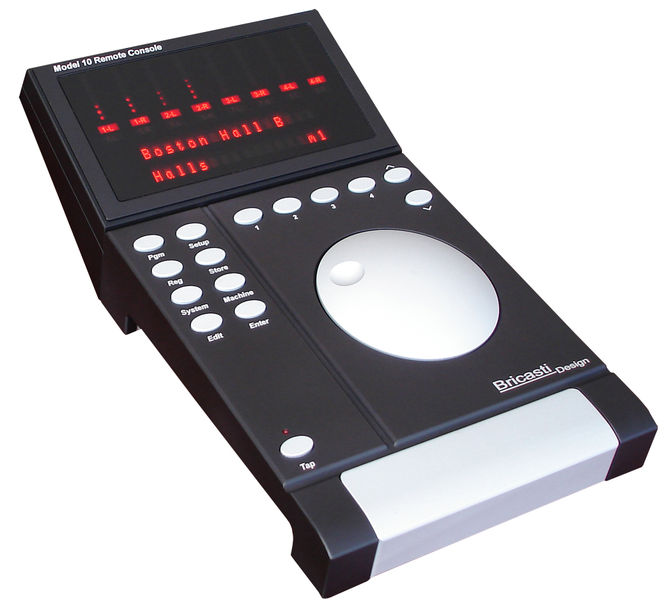In STUDIO A, we have incredible outboard reverb units including the Lexicon 480L, the Bricasti M7M, and the EMT 140 Echo Plate. As a student, getting to use outboard gear is ranked near the top (if not THE top) reason to take the Intermediate Recording Course with CSML. So, I wanted to highlight the outboard reverbs with their own blog post.
EMT 140 Echo Plate
First, the EMT 140 Echo Plate Reverb. Tucked away in the tile room lies this reverb unit. It’s so subtle, a student (myself included) wouldn’t even notice it’s existence. It looks like it could be an extension of the wall. But, hidden in plain sight, is this 600 lbs beast.
EMT (Elektromesstecknik) was a German company that created the first ever Plate Reverb, the EMT 140, in 1957. The reverb is made up of a huge, but thin piece of sheet metal suspended from a steel frame by spring tensioners at each corner. An electrical transducer mounted to the center of the suspended plate induces plate movement, which creates the effect. One or two (mono or stereo) pickups are mounted to the plate as well, for the reverb return. A damping plate controlled by a servo motor, allowed adjustment of the reverb time. All of these simple elements were built into a heavy wooden enclosure.
However, engineers and producers were not enthusiastic about the original electronics built into the early units and by the 1970s, EMT introduced a stereo return and began making the unit with solid state circuits rather than the original tubes (the solid-state model is what we have here in the studio). Today, the 140 is the most sought-after plate reverb.
Lexicon 480L
![]()
Next, the Lexicon 480L. This digital reverb unit is considered one of the best by engineers around the world. Those who own them and use them will tell you that this reverb has never been bested, not even by Lexicon. Lexicon released the 480L in the 1980s intended to be the successor to their other renowned reverb, the 224.
The 480L was created for the emerging all-digital production environment. One of the prominent features of this unit is the 18bit A/D and D/A converters which produce a dynamic range of 98dB without raising the noise floor of a recording, the first of it’s kind to accomplish that task. This reverb is known for its extremely life-like modelling of an acoustic space and for the richness of its algorithms. It features the typical reverb settings you might see, Halls, Plates, Rooms, and more. But, reverb is only part of what this hardware can do.
The 480L can produce effects you wouldn’t consider in your wildest musical fantasies. For these reasons and many more, the 480L continues to be one of the most popular hardware reverbs in studios everywhere and is widely featured on many best-selling records.
Bricasti M7M

Finally, the Bricasti M7 Stereo Reverb Processor, after several years of development by a small team of ex-Lexicon engineers whose vision was to create the new standard in algorithmic reverb. The M7M is an exact duplicate of the Bricasti M7, the only difference is the M7M has a reduced number of front-panel controls, and instead enables the use of the Bricasti remote console controller.
The goal of the M7 is to provide an intuitive experience combined with the highest level of musicality ever for a reverb unit. The creators utilized a wide array of the latest and greatest DSP processors aiming to look to the future in reverb processing algorithms. The beauty of the M7 is in its simple user-interface, so you’re able to dial in a great sounding reverb with minimal effort. But what is going on behind the scenes is by no means simple. The Bricasti engineers created some of the best spaces in any algorithmic reverb unit, “it is extremely dense and detailed, adding air around a sound, giving it a sense of place without making it sound splashy or gritty.”
The use of outboard gear in the studio continues to dwindle, due to the ease and convenience of plug-ins. But to all experienced engineers out there with highly trained and valuable ears these hardware reverb units are second to none. There is nothing better. So, why wouldn’t you want to give it a try in your next session? I know I do.
Written by Kyle Dean

